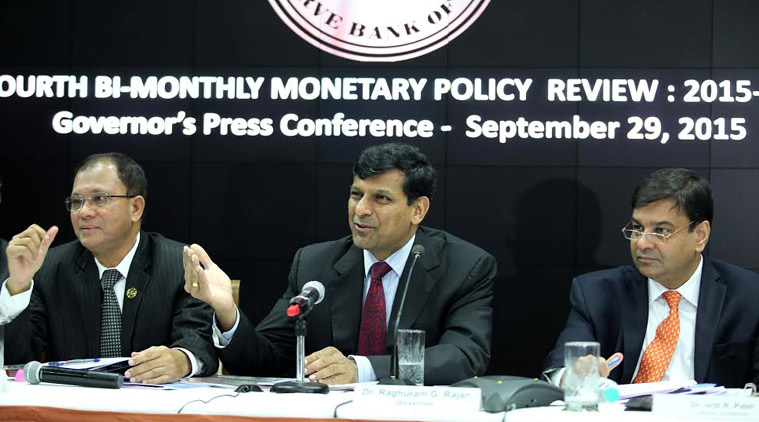Author- Shubham Saxena
You might have heard of Samurai bond of Japan, Dim Sum bond of China now we have spicy Indian Masala bond. Rupee dominated offshore bonds, popularly called Masala bonds are becoming more appetizing for both issuers and investors, and India also stands at an advantageous position with masala bond.

What is a masala bond?
But in INR dominated masala bonds contrary to USD dominated bonds (ECB), FX risk is beared by the creditor i.e. the foreign investor. That means the Indian local issuer does not have to worry about the currency movements. RBI allows eligible Indian institution to raise a maximum of $750 million per year through masala bond with a minimum maturity period of five years.
 |
| Indian rupee dominated Masala bonds issued by the International Finance Corporation (IFC), an arm of the World Bank for offshore funds raising by Indian corporates.2013 |
The first masala bonds were issued by the International Finance Corporation (IFC), an arm of the World Bank, in October 2013. In 2014, overseas investors bought $26.5 billion of Indian government and corporate bonds onshore. In coming years this figure will reach new highs with the success of masala bonds. Many more Indian companies are lining up to raise funds from masala bond.
Advantages of Masala bond
Benefit to Corporates
1. They can borrow at low interest rates from offshore markets. Interests rates in developed countries are much lower than prevalent in India.2. Being issuer they are not subjected to FX risks. It will be fully borne by the investors. Indian corporates have suffered considerable losses earlier on ECB which are usually USD dominated due to continuous structural downtrend of INR against USD since last 2-3 decades.
3. They can access wide investor base.
4. It will also help in diversification of portfolio.
Benefit to Investors
1. Masala bond, carrying relatively much higher interest rate, is a great investment option for offshore investors.2. They can bet on INR exchange rates. They can benefit when rupee appreciates against the bond's redeemable/repayable currency.
3. Investors who are reluctant to venture into unknown markets can easily show interest in masala bonds owing to the credibility of IFC.
Benefit to India
1. This will help in building up foreign investors confidence and knowledge about about Indian economy.2. This will contribute to capital account, thus balancing Balance of Payment.
3. Masala bond is a good way to tap foreign capital. India has envisioned few many ambitious goals like Makes in India, developing smart cities, digital India, boosting infrastructure, climate INDC etc. For this India will require around $400 billion (INR26 lakh crores) in next five years. A big chunk of it will have to be financed by foreign capital. India has to look for ways to tap foreign sovereign wealth and attract foreign capital.
4. INR has been falling in a structural downtrend since last few decades against major hard currencies. Given that FX risk is borne by the creditor, during repayment of bond coupon and maturity amount, if rupee depreciates, RBI will realize marginal saving during repayment.





